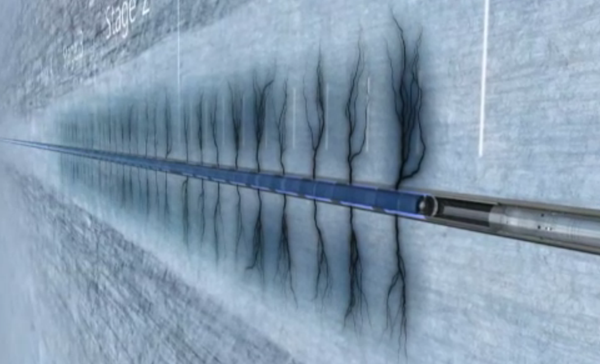New fracking standards address well integrity, groundwater protection – API
API fracking standards meant to work with state regulation, oversight
New editions of API’s hydraulic fracturing (fracking) standards have been published, providing the latest technical direction for operators on improving well integrity, groundwater protection, and environmental safety.

Hydraulic fracturing – “fracking” – injects large volumes of water, sand, chemicals underground to crack formations and release oil and natural gas.
Fracking has unlocked vast energy resources, saving billions for consumers and putting America on a path to true energy security, says API Director of Standards David Miller. Last updated in 2011, API’s standards for shale development have worked alongside robust state regulations to ensure safe and responsible energy development with fracking for over 65 years.
“Strong standards are key to America’s success as an energy leader, and that’s why we bring together regulators and operators to promote proven practices for environmental protection,” said Miller.
“This update provides the latest guidance on equipment, monitoring, storage, and installation.”
Entitled ANSI/API RP 100-1 and 100-2, the two new standards provide detailed specifications for pressure containment and well integrity, as well as environmental safeguards, including groundwater protection, waste management, emissions reduction, site planning, and worker training.
The release follows last year’s publication of ANSI/API Bulletin 100-3, which outlines community engagement guidelines to help operators communicate effectively with local residents and pursue mutual goals for community growth.
“Like all our guidelines on hydraulic fracturing, the new standards will be accessible to the public on our website and shared with regulators at every level of government,” said Miller.
“Our voluntary standards serve as an important source of information for state regulators, who finalized an estimated 82 groundwater-related rules for oil and gas production, including hundreds of discrete rule changes, from 2009 to 2013 alone. As the EPA recently confirmed, these efforts have allowed America’s energy sector to achieve a track record of proven safety while growing our economy and cutting U.S. carbon emissions to near 27-year lows.”
API first began publishing standards in 1924 and currently has over 650 standards and technical publications. Over 100 of them have been incorporated into U.S. regulations, and they are the most widely-cited industry standards by international regulators, according to Miller.
The program is accredited by the American National Standards Institute (ANSI), the same body that accredits programs at several national laboratories.






